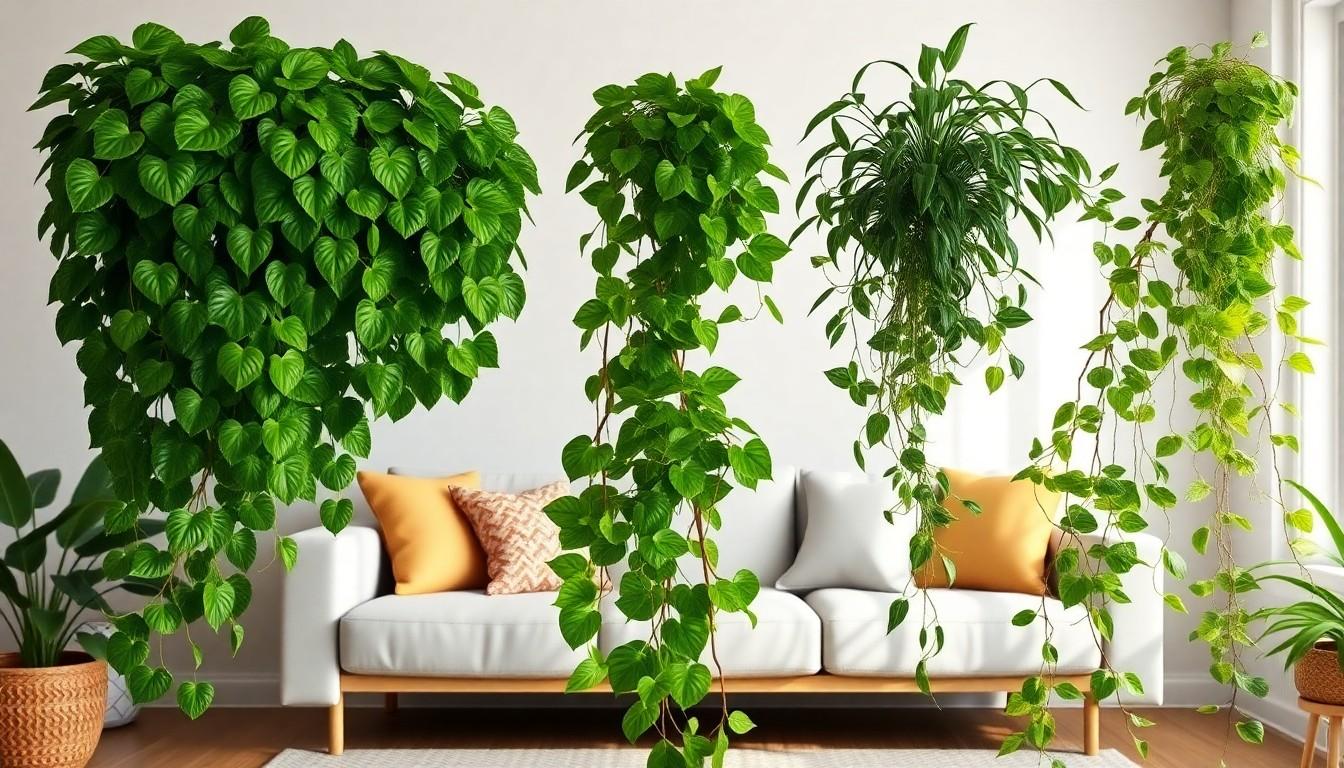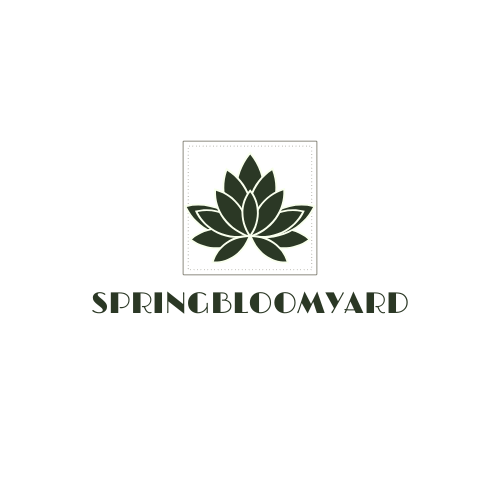Indoor vine plants can transform any space into a lush oasis, but identifying which green companion is climbing your walls can feel like a botanical game of charades. With so many varieties, from the charming pothos to the elusive philodendron, it’s easy to get tangled up in confusion. But fear not! This guide will help even the most plant-challenged among us become vine virtuosos.
Importance Of Indoor Vine Plant Identification
Identifying indoor vine plants is crucial for effective plant care. Proper identification leads to tailored watering, light, and fertilization needs specific to each vine type. Knowledge about vine species helps prevent common issues such as pests or diseases associated with certain plants.
Recognition of various vine plants also enhances aesthetic choices. Understanding the growth habits and foliage characteristics enables selection that aligns with personal decor styles. For instance, knowing the difference between pothos and philodendron can influence placement decisions based on light preference.
Furthermore, correct identification reduces the risk of misinformation when seeking advice. Many gardening resources provide species-specific care guidelines, ensuring readers receive accurate information aligned with their chosen plants. Accurate knowledge fosters confidence in plant parenting, leading to healthier indoor environments.
Educational opportunities arise from knowing different vine varieties. People can participate in discussions or forums about indoor plants with a deeper understanding. Sharing experiences and knowledge about care techniques or propagation tips creates a community around indoor gardening.
Indoor vine plant identification also encourages appreciation for biodiversity. Recognizing distinct species contributes to a greater awareness of plant ecosystems and the roles they play within homes. This knowledge reinforces the connection between plant health and overall indoor air quality, benefiting both plants and residents.
Indoor vine plant identification serves several important roles in plant care, aesthetics, education, and appreciation of biodiversity within residential spaces. Cultivating familiarity with various vine species results in healthier plants and enriched living environments.
Common Indoor Vine Plants

Indoor vine plants add beauty and charm to any space. Recognizing the specific varieties enhances care techniques and overall plant health.
Pothos
Pothos thrives in various lighting conditions, making it versatile for indoor environments. This plant features heart-shaped leaves that come in variegated patterns, including green and yellow or white. It’s known for its fast growth and can reach lengths of several feet. Watering every 1-2 weeks keeps it healthy, allowing the soil to dry between waterings. Pothos also purifies air effectively, making it a popular choice among plant enthusiasts.
Philodendron
Philodendron represents a diverse genus with many species suitable for indoor settings. Known for their lush, green foliage, these plants can vary greatly in size and shape. Some have broad leaves while others feature slender ones. Placement in medium to bright indirect light promotes healthy growth. Allowing the soil to dry out slightly before watering fosters robust development. Philodendrons adapt well to various environments, thriving in most living spaces.
Spider Plant
Spider plants are easily recognized by their arching green leaves and striking white flowers. They produce spider-like offsets, or “pups,” that can propagate easily. This resilient plant prefers bright indirect light but tolerates low light as well. Consistent watering keeps the soil slightly moist, yet they can handle occasional drying. Spider plants purify indoor air while adding a touch of elegance to any room. These characteristics contribute to their status as a favorite among indoor gardeners.
Techniques For Identifying Indoor Vines
Identifying indoor vine plants relies on several key features. Recognizing these traits can simplify the process of determining specific types.
Leaf Shape and Size
Examining leaf shape and size provides immediate insights into vine identity. Look for heart-shaped leaves, a hallmark of pothos. Philodendrons typically feature broader, lush foliage. Some plants, like the spider plant, exhibit thin, arching leaves with a distinct green and white stripe. Size varies significantly, from small, compact leaves to large, sprawling ones. Observe patterns such as variegation or solid colors, which further aid identification.
Growth Patterns
Studying growth patterns reveals vital aspects of different vines. Pothos grows quickly and trails, making it perfect for hanging baskets. Philodendrons often climb or cascade, depending on the species. Spider plants produce offsets, commonly referred to as “babies,” that create a fuller appearance. Observing how each vine behaves as it matures helps clarify its identity. Take note of the support structures if it climbs, as this indicates a philodendron or similar vine. Understanding these growth traits ensures better care and placement in a living space.
Tips For Successful Identification
Identifying indoor vines requires careful observation. Knowledge of plant characteristics enhances the identification process.
Using Reference Guides
Reference guides serve as valuable tools for recognizing indoor vine plants. These guides simplify the identification process with detailed descriptions and visual aids. They often include information about leaf shape, growth habits, and other features. Additionally, guides can present similar species side-by-side, making it easier to discern differences. Experts recommend selecting guides tailored to specific climates or regions for more accurate information.
Online Resources
Online resources offer a wealth of information for identifying indoor vines. Websites dedicated to houseplants provide extensive databases and forums for plant enthusiasts. Users can upload photos to receive identification assistance from experts and community members. Many blogs and YouTube channels feature identification tutorials, showcasing various vine varieties. Social media platforms like Instagram and Facebook groups also foster discussions, allowing individuals to share insights and experiences about indoor vine plants.
Conclusion
Understanding indoor vine plant identification opens up a world of possibilities for plant enthusiasts. By recognizing different species, individuals can tailor their care routines to meet specific needs, ensuring vibrant and healthy plants. This knowledge not only enhances the aesthetic appeal of living spaces but also fosters a deeper connection to nature.
With the right resources and careful observation, anyone can become adept at identifying these beautiful vines. Encouraging discussions within the community about plant care and identification enriches the experience for everyone involved. As individuals grow in their understanding of indoor vines, they contribute to a thriving environment that benefits both plants and their caretakers. Embracing this journey of learning leads to healthier plants and a more vibrant home.

